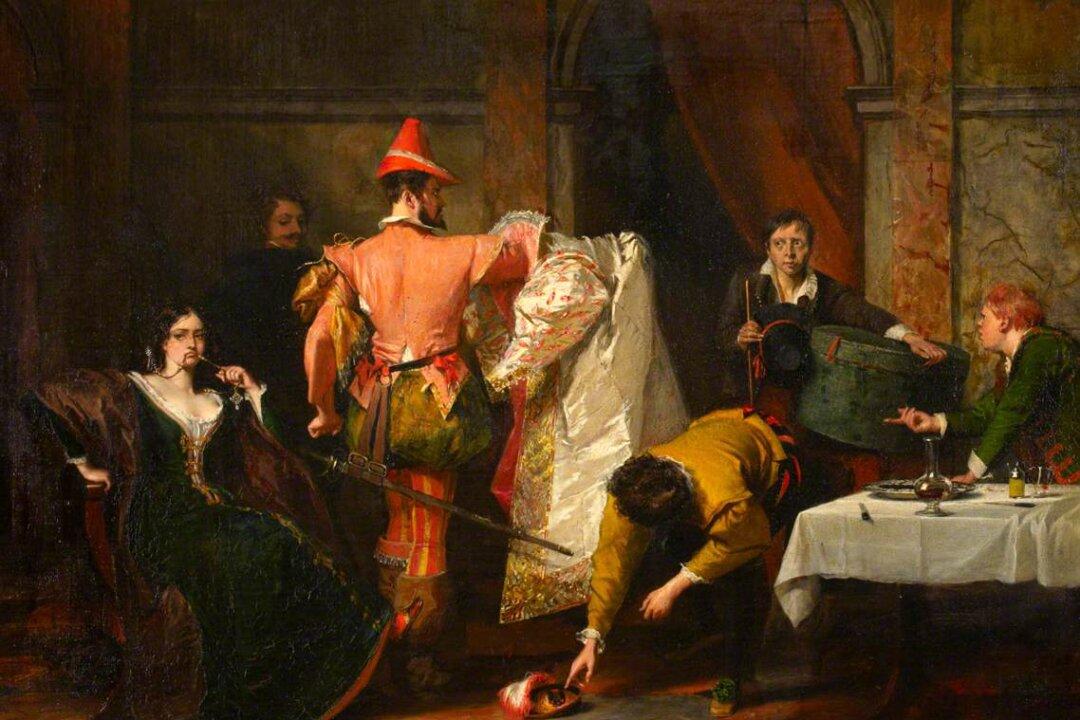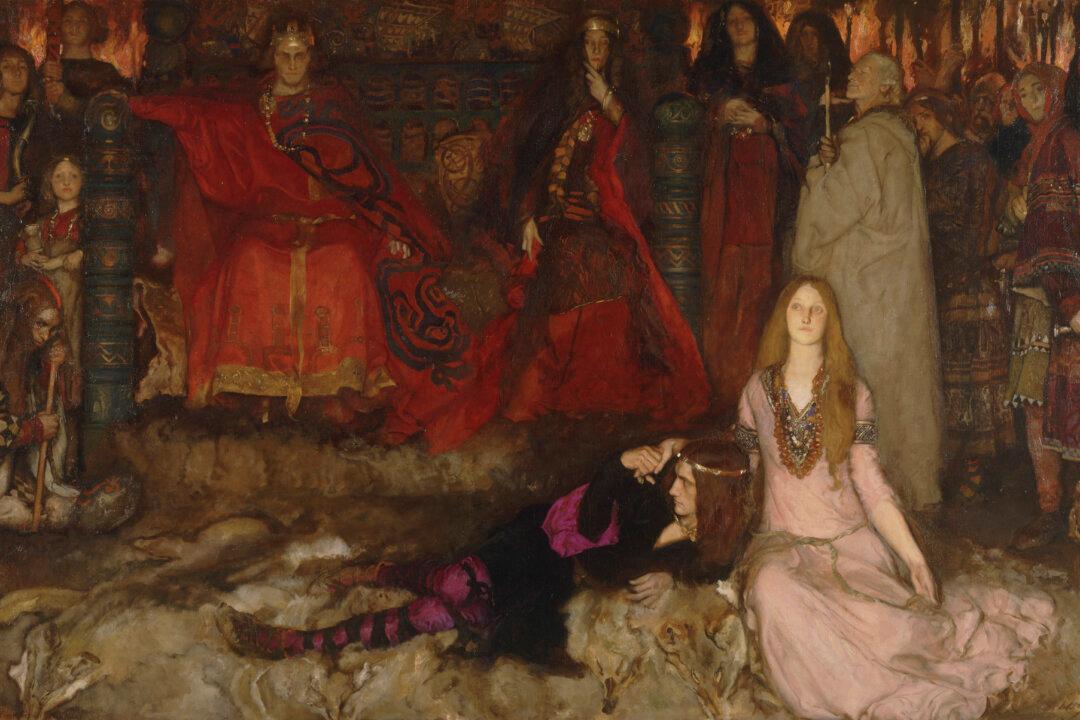Shakespeare’s “The Taming of the Shrew,” the story of a man’s choosing a loud and troublesome but rich and beautiful girl for his wife and “taming” her destructive misbehavior, has been for centuries a favorite of audiences. But it has now fallen on hard times. This happened when feminism was converted from the idealism of equal rights for women into resentment for the supposed perennial oppression of women by men.
As a result of that intellectual wind, those who did still want to produce the play would doctor the ending by going against the grain of the text to show Katherine making a mere show of obedience. She would deliver her final speech with ironic winks to the audience, suggesting that she had learned to pretend to be obedient to Petruchio but, in reality, was secretly manipulating him. The whole idea of “taming” her was thus turned into farce, and the resentful in the audience were given a satisfying inversion of power roles to take home with them to justify their resentment.





